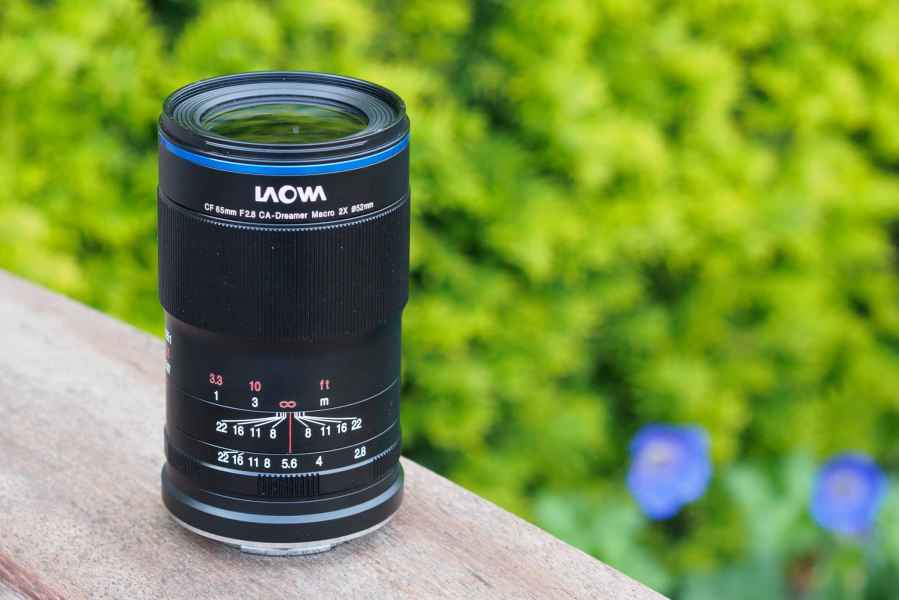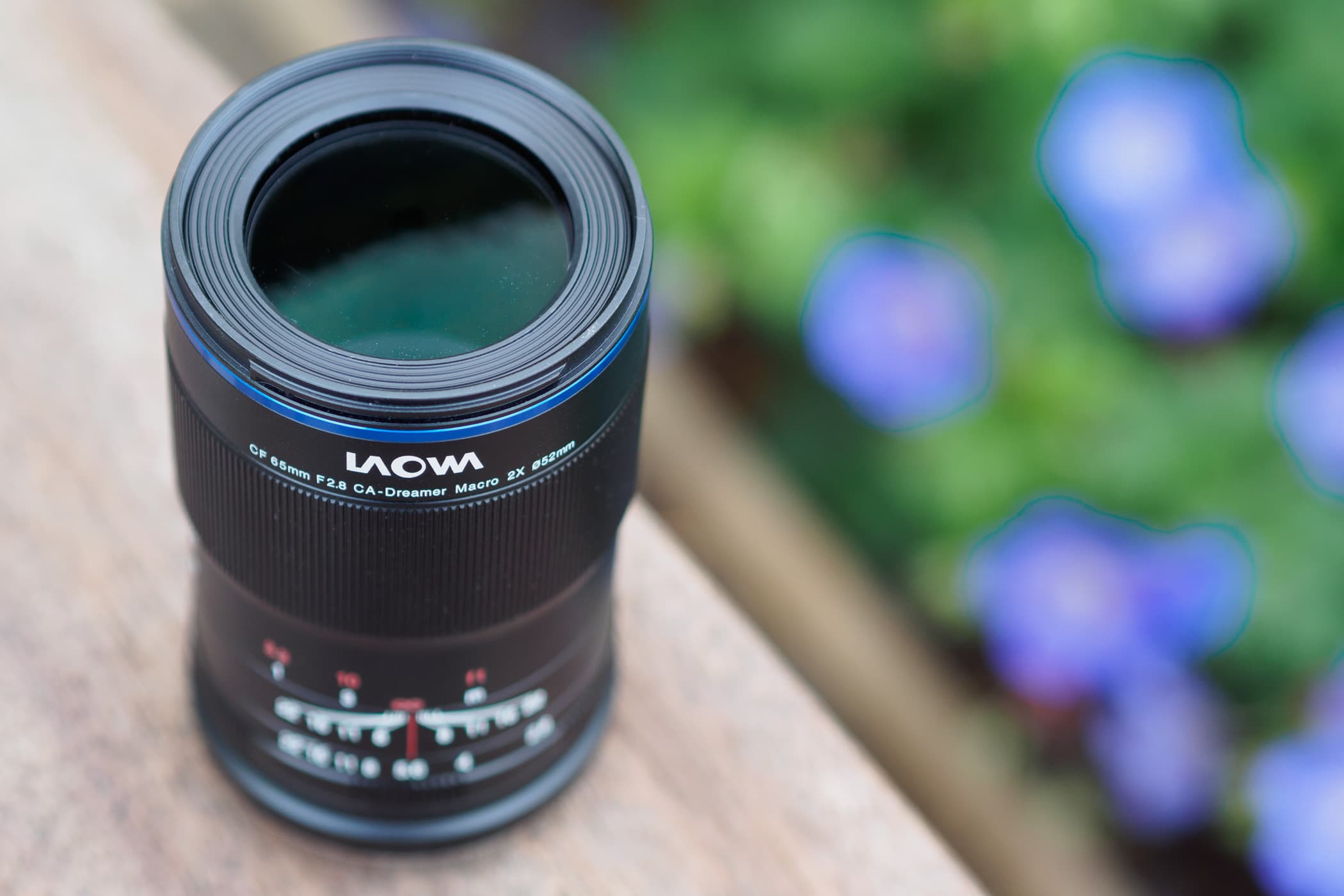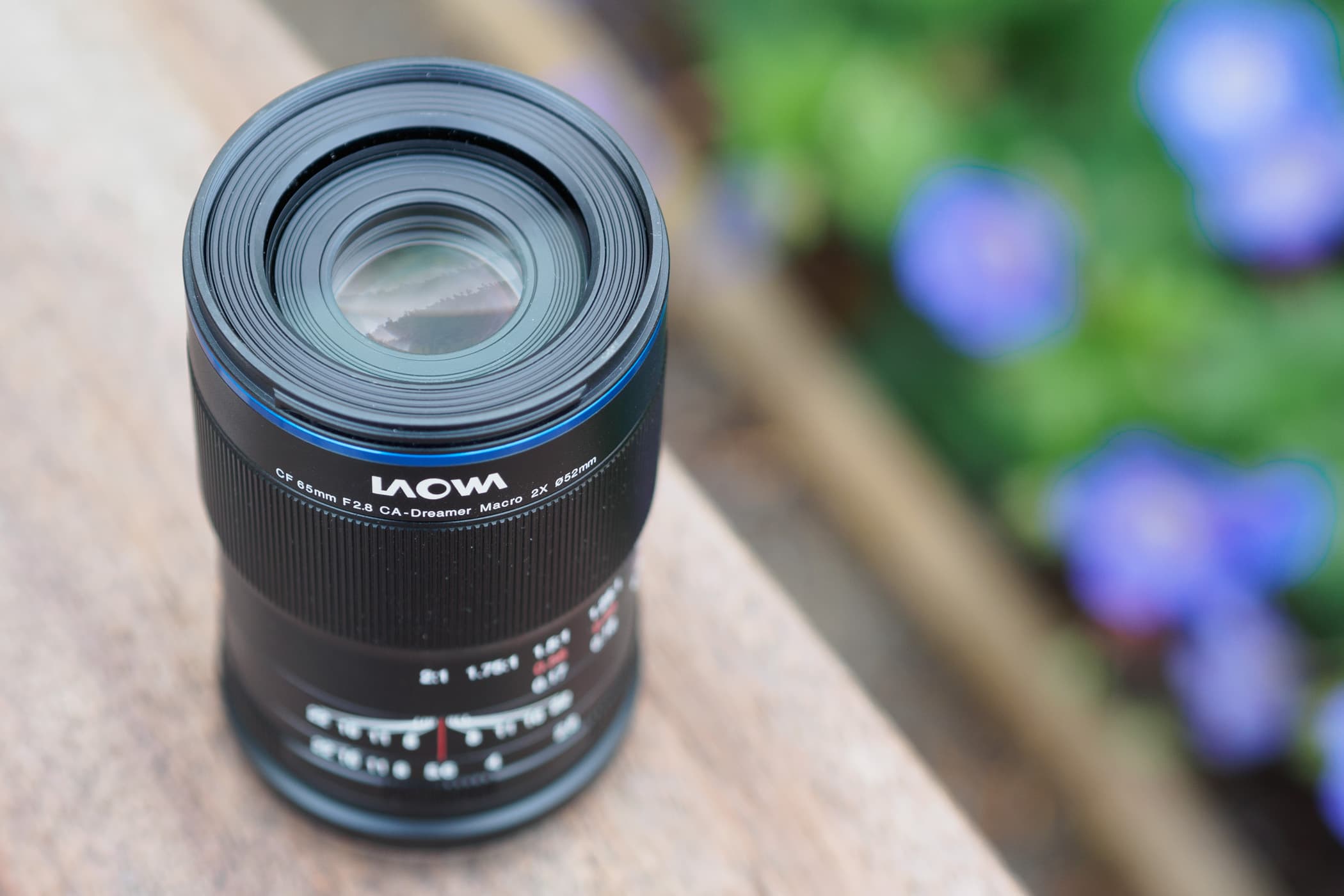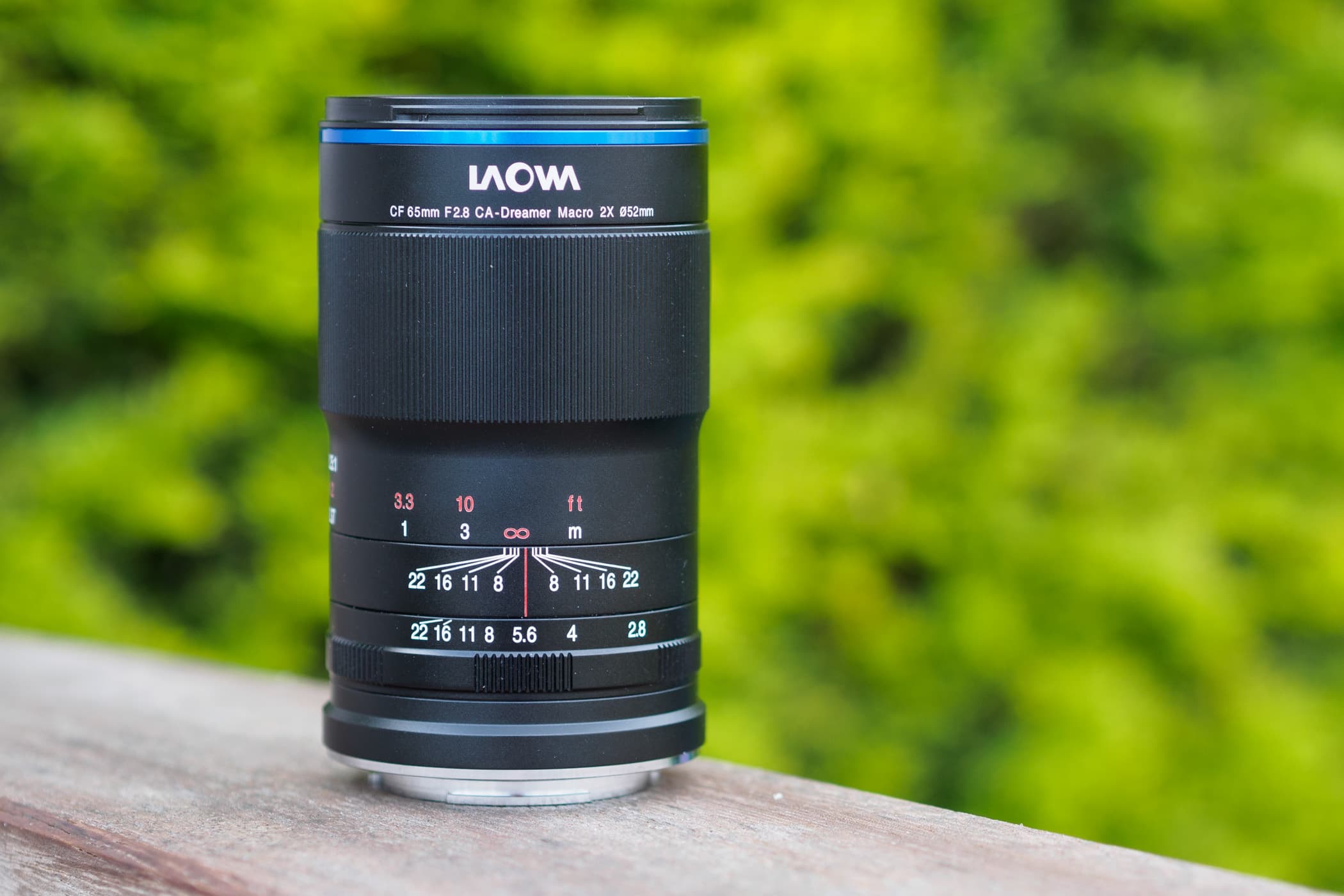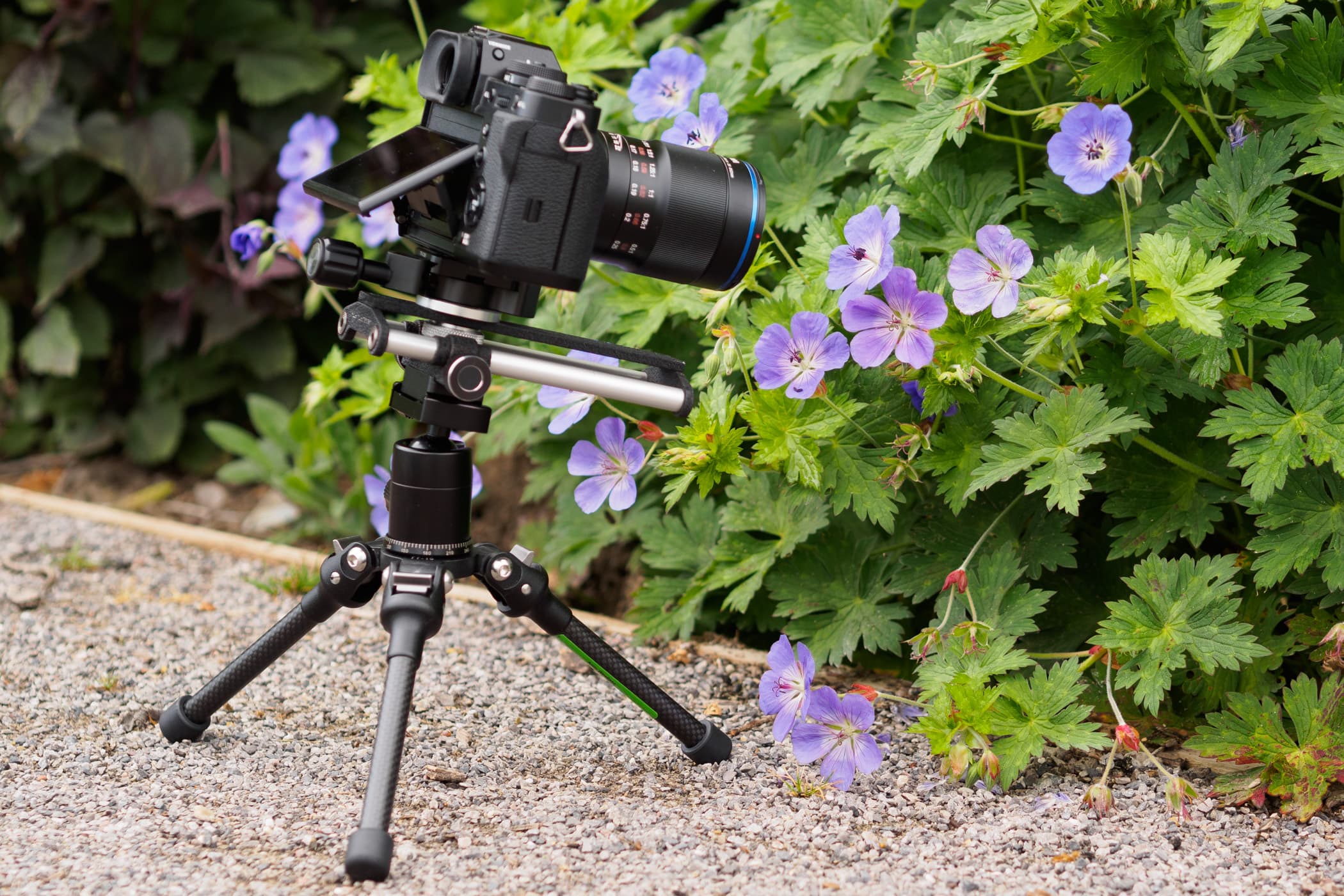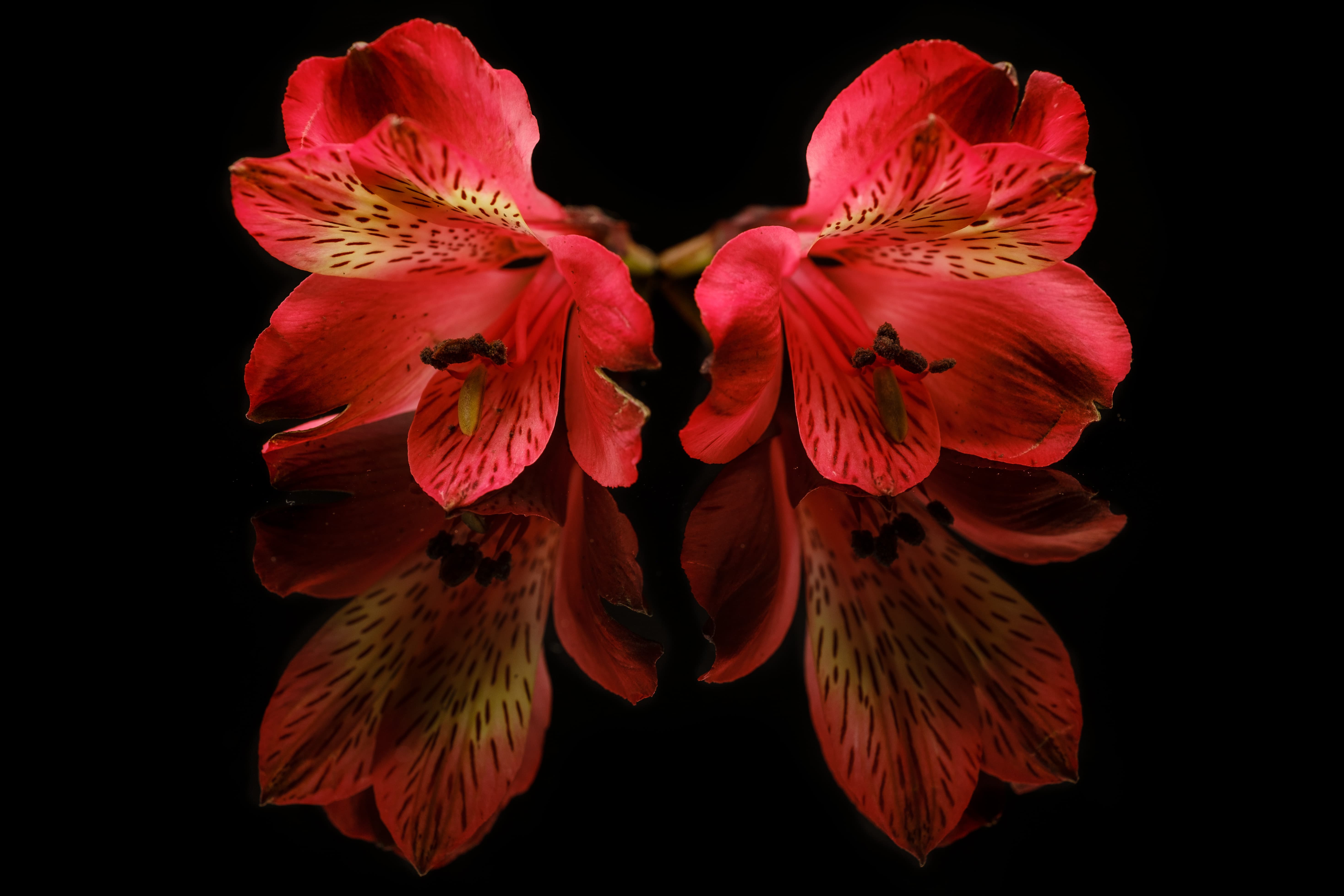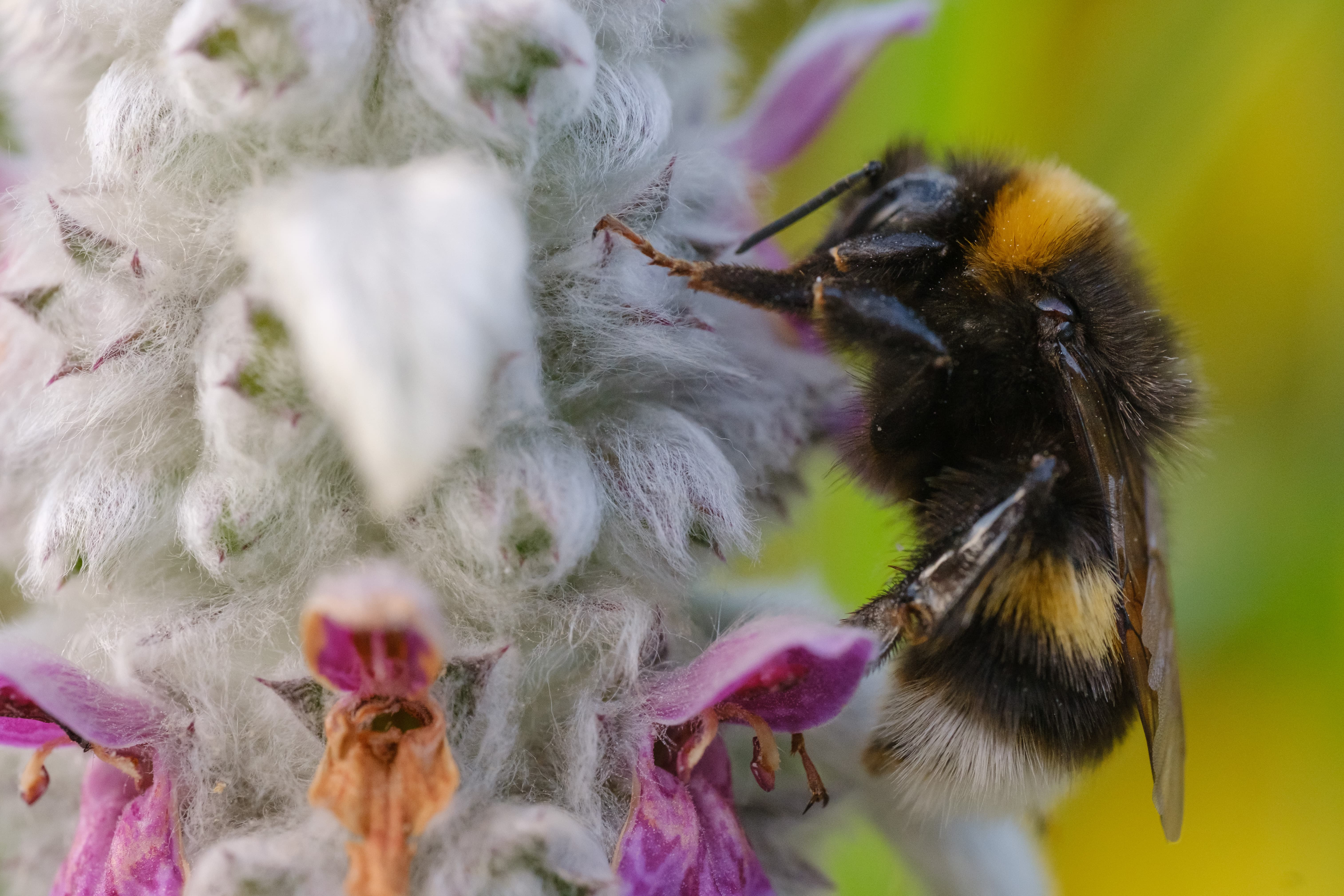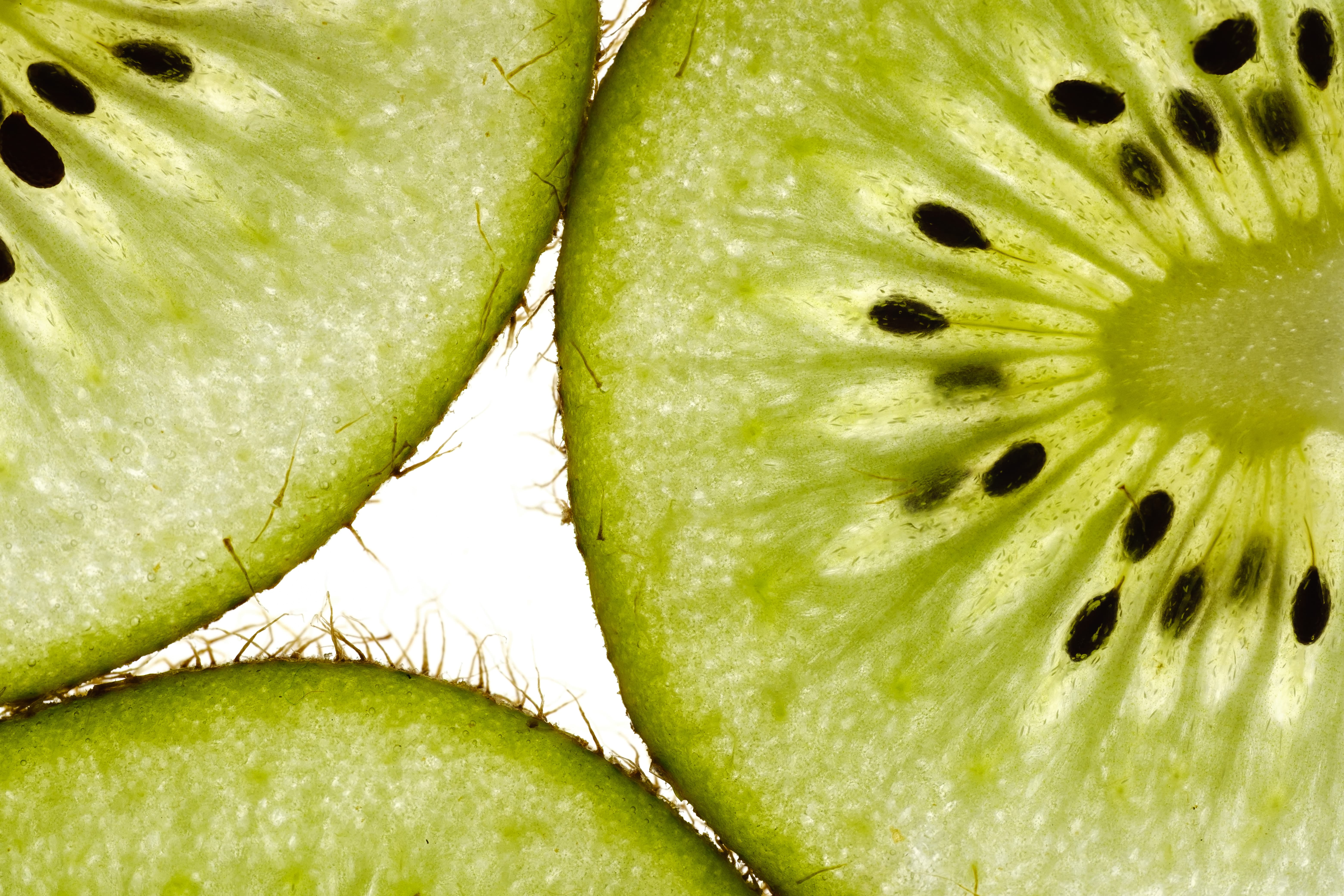Laowa 65mm f/2.8 2x Ultra Macro at a glance
- £419
- Macro lens for APS-C mirrorless cameras
- Offers twice life-size magnification
- Manual focus and aperture control
- Takes 52mm filters
- 100mm x 57mm diameter, 335g
- Fujifilm X and Sony E mounts
- www.laowalens.co.uk
Five years ago, the Chinese lens maker Venus Optics and its Laowa brand were barely known in the UK. But this restlessly innovative company has made huge strides since then, and it now offers an impressive range of manual-focus optics. One of its main areas of expertise is close-up photography, and while other makers are content with 1:1 magnification, it’s gone a step further in building lenses that provide twice life-size reproduction, while still focusing to infinity.
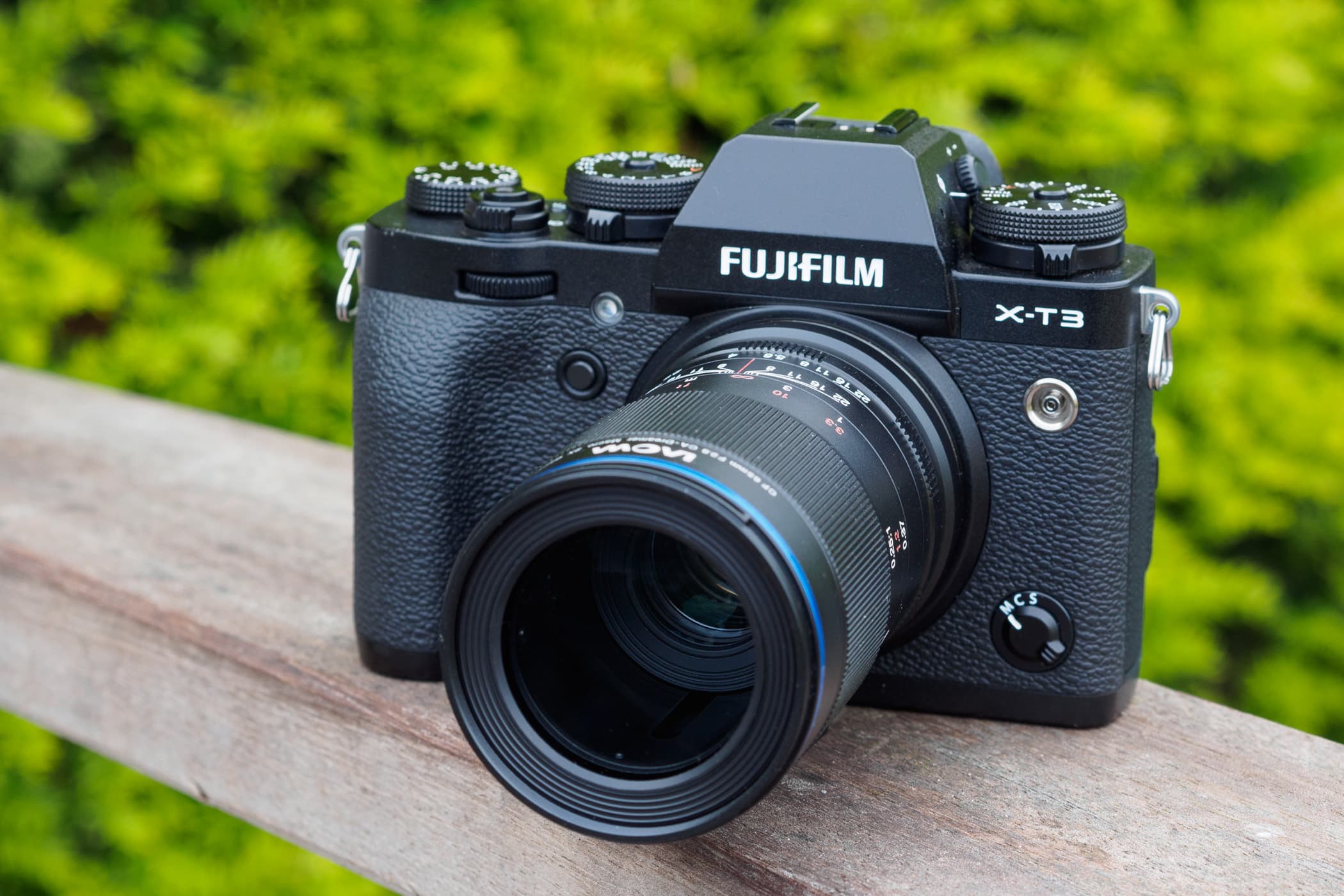
Laowa’s 65mm f/2.8 2x Ultra Macro is designed for APS-C mirrorless cameras. Here it’s fitted to the superb Fujifilm X-T3.
Following on from its well received 100mm f/2.8 2x Ultra Macro APO for full-frame SLRs, the 65mm f/2.8 2x Ultra Macro that we’re looking at here is effectively a scaled-down version for APS-C mirrorless cameras. It’s made in Fujifilm X, Sony E and Canon EF-M mounts, although the latter is not officially on sale in the UK, apparently due to lack of demand. The firm has also recently revealed that a 50mm f/2.8 MFT version for Micro Four Thirds is on its way.
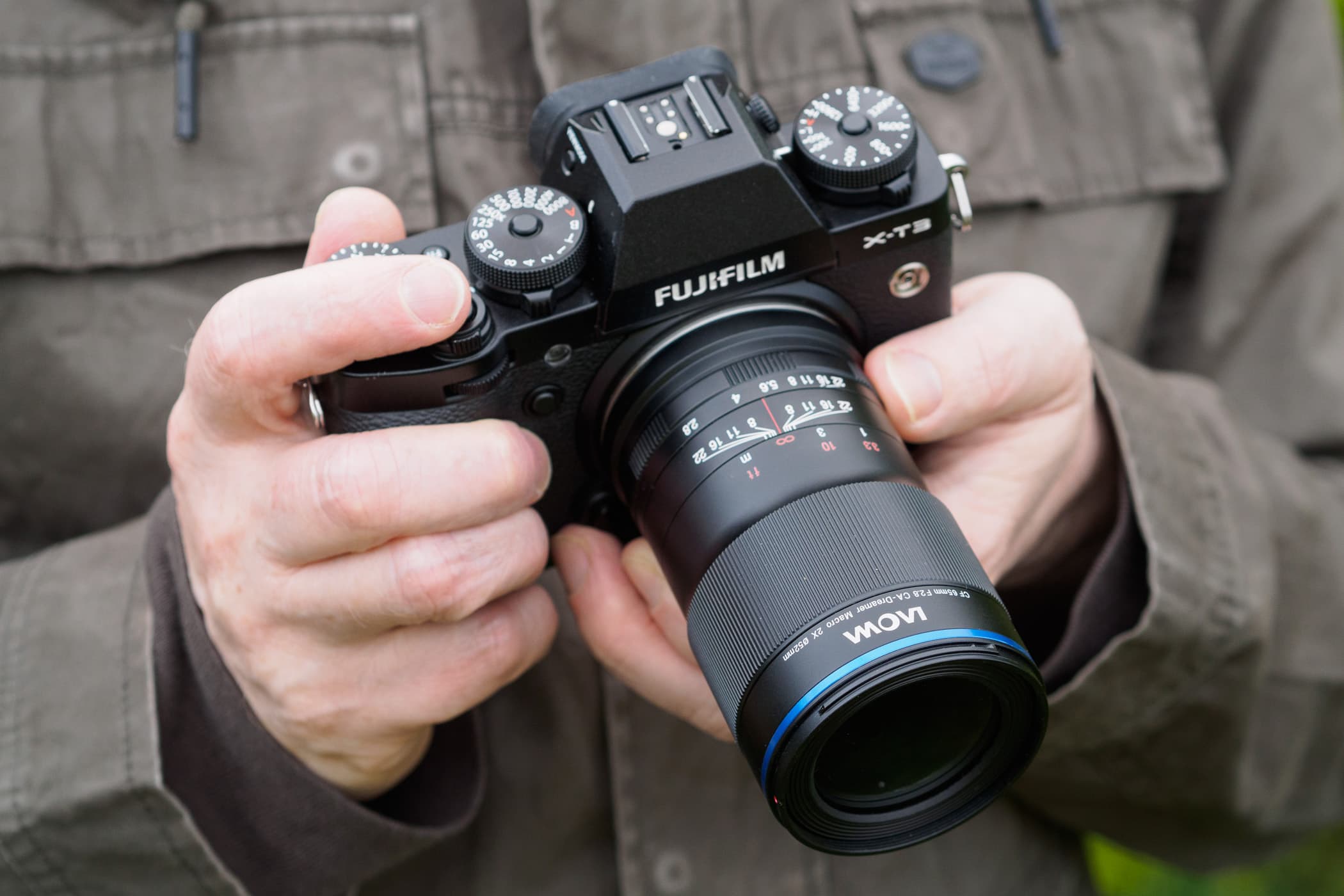
The Laowa 65mm f/2.8 2x Ultra Macro does a similar job to a 100mm f/2.8 on full-frame, but is rather smaller and lighter
So what does this lens offer? Essentially it does much the same job as a 100mm f/2.8 macro on full-frame, with the same angle of view but in a smaller size. Indeed it’s 80% of the length and diameter, measuring 100mm by 57mm, and at 335g, just half the weight. However there’s a twist; 2x magnification on APS-C means you can fill the frame with a subject as small as 12 x 8 mm, which is equivalent to getting 3x magnification on full frame.
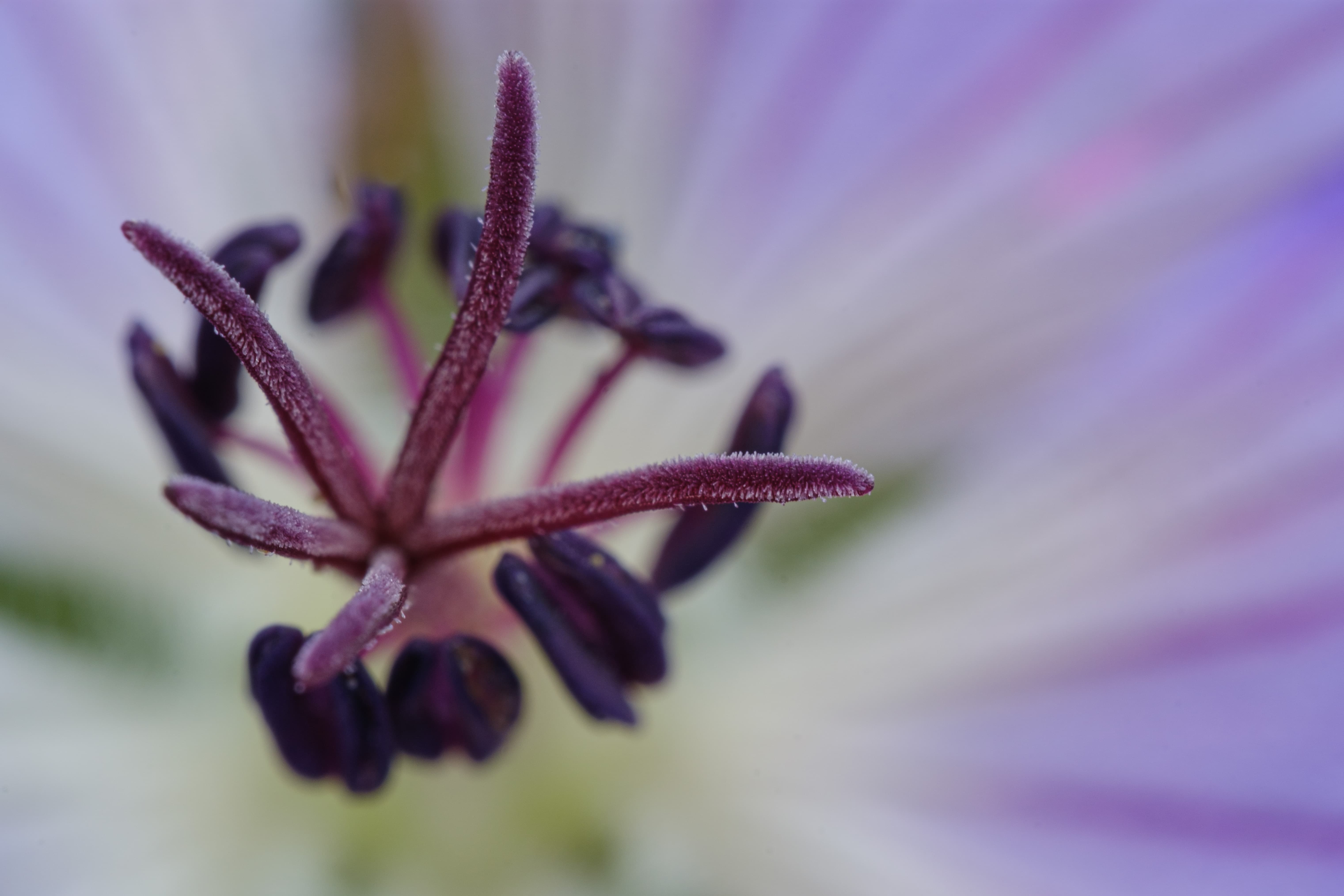
At minimum focus, a subject measuring just 12 x 8mm will fill the frame. Fujifilm X-T3, 1/5sec at f/11, ISO 160
The Laowa 65mm f/2.8 2x Ultra Macro only costs £419, which looks very appealing when you consider the camera makers’ closest-priced alternatives. Sony’s FE 50mm F2.8 Macro gives life-size magnification for £449, while Fujifilm’s XF 60mm F2.4 R costs £529, but provides half life-size imaging (which equates to 16 times the area covered by the Laowa). Both lenses include autofocus, but use slow, clunky extending-barrel designs.
Laowa 65mm f/2.8 2x Ultra Macro: features
As is Laowa’s stock in trade, the 65mm f/2.8 2x Ultra Macro is a manual-focus lens that also employs manual aperture setting via a traditional control ring around its barrel. Its optical design is recognisably related to its 100mm sibling, but is slightly more complex, employing 14 elements rather than 12, arranged in 9 groups. Three extra-low dispersion (ED) glass elements are included to minimise chromatic aberration, but the 65mm doesn’t inherit the larger lens’s apochromatic designation. Focusing is internal.
One highly desirable characteristic for macro lenses is attractive background blur, and to this end the lens employs an aperture diaphragm with 9 curved blades. In principle, this ensures out-of-focus point highlights are rendered as circles, rather than less attractive straight-edged polygons. Filter users are accommodated via an economical 52mm thread.
A cylindrical, bayonet-fit hood is included in the box. It can be reversed over the lens barrel for storage, but on my review sample, it was very difficult to twist into place this way around. You’ll also generally need to remove it for close-up shooting, as it’s liable to block your light and in extreme cases interfere with your subject.
It’s important to appreciate that the lens has no electronics to communicate with the camera. As a result, the aperture you’re using is neither displayed in the viewfinder, nor recorded into your image files’ EXIF data. Likewise on cameras that include in-body stabilisation (IBIS), you’ll need to enter the focal length manually, and the system will only work in three axes rather than five, which is less effective for macro work.
Turning the focus ring won’t automatically engage a focus aid, either; instead you’ll need to assign your preferred option to a readily accessible button on your camera. But given that macro shooting tends to be a relatively slow, considered process, often using a tripod, this isn’t necessarily much of a problem, depending on the kind of subjects you shoot.
Laowa 65mm f/2.8 2x Ultra Macro: Build and handling
While some of Laowa’s older optics felt a bit rough and ready, the firm has greatly improved its engineering, and the 65mm is a beautifully-made piece of kit. Its long, slender barrel is all metal, and dominated by a broad, finely-ridged manual focus ring, with a slimmer aperture ring set closer to the camera body. This has shallow detents at full-stop intervals, but these aren’t evenly spaced, instead bunching closer together as the aperture is stopped down. Another critique is that there’s no form of dust- or splash-proofing.
Overall through, the lens handles really well. The manual focus ring falls perfectly to hand, and rotates extremely smoothly without a hint of backlash. With around 260° travel from infinity to the 17cm minimum focus distance, it enables really precise adjustment. Alongside subject distance markings in both feet and meters, there’s also a magnification scale that ranges from 0.25:1 to 2:1. Depth of field markings round off a very traditional manual-lens look, but have little practical use other than to remind you just how shallow the zone of sharp focus will be.
Laowa 65mm f/2.8 2x Ultra Macro: How to use it
For those used to autofocus zooms, a manual-focus macro lens may look intimidating. However it’s pretty straightforward to use, although it does demand impeccable shooting technique. It’s crucial to make sure you nail correct focus, which is best done using magnified live view, and select sufficiently fast shutter speeds to suppress blur from either subject movement or camera shake. This generally requires at least 1/200sec when shooting hand-held (using a camera without IBIS), and often considerably faster for macro, as the blurring effects of camera shake are amplified at close distances.
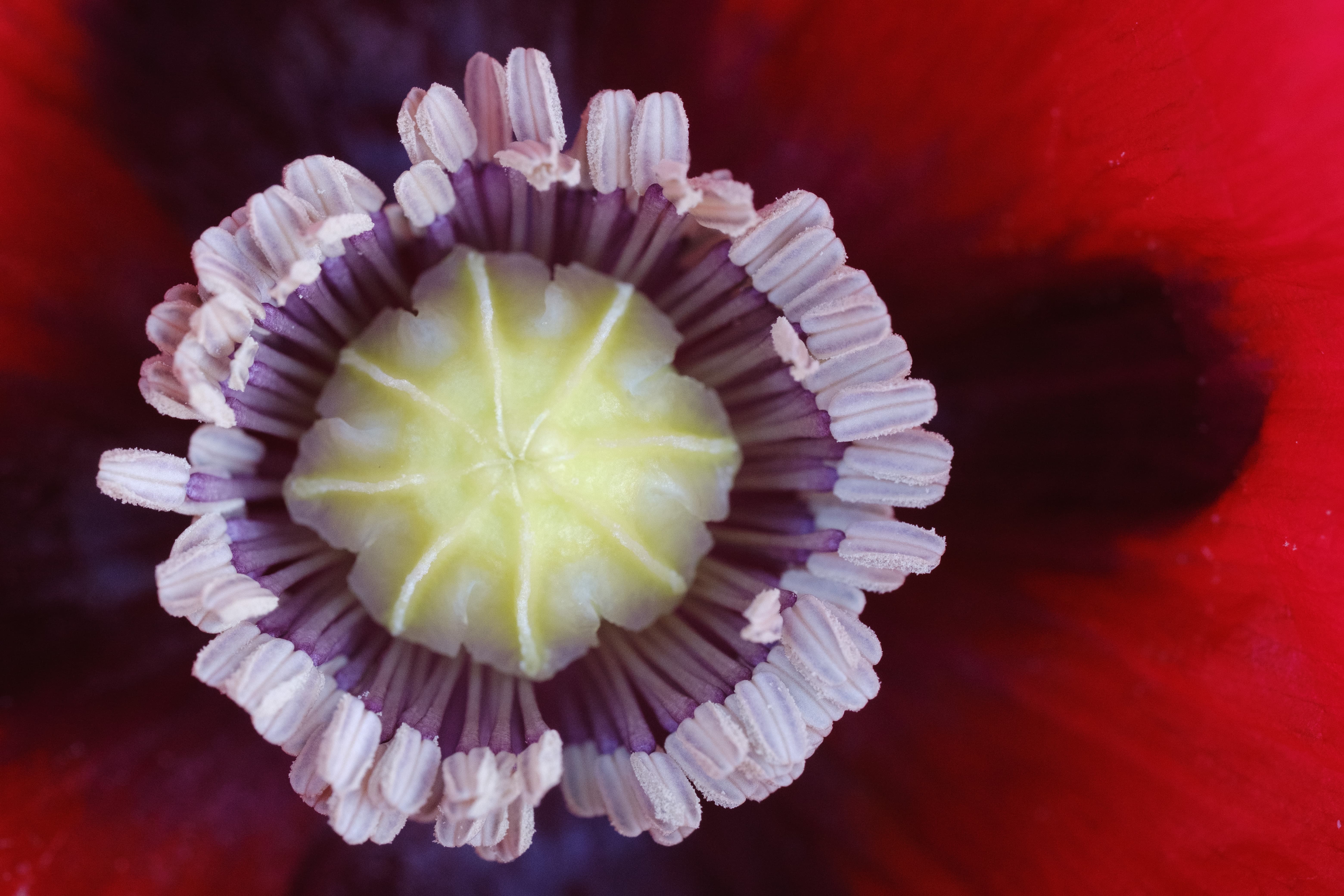
You’ll often need to use high ISOs outdoors to prevent blur from subject motion. Fujifilm X-T3, 1/125sec at f/5.6, ISO 3200
So while the lens can certainly be used hand-held, for close-up shooting you’ll generally be better off using a tripod. Not only does this eliminate shake, it also allows you fix the focus precisely where you want it. Once you hit magnifications of 1:2 or greater, you’ll also often benefit from using a macro rail, which enables you to move the entire camera back and forth to fine-tune focus and composition.
Like all macro lenses, the effective aperture decreases as you focus closer, dropping by two stops at 1:1 magnification to f/5.6, and by three stops at 2:1 to f/8. So unless the subject is completely static, you can easily find yourself ramping up the ISO setting considerably. Thankfully with modern sensors this isn’t something to be afraid of, especially in daylight, and it’s always better to get a sharp image with a bit of noise than one that’s unusably blurry.
Laowa 65mm f/2.8 2x Ultra Macro: Performance
Naturally the most important aspect of any lens is the quality of the pictures it produces. You could be forgiven for being wary of the Laowa 65mm f/2.8; after all it’s an extremely ambitious optical design, given its sheer focus-distance range. So what image-quality compromises are involved in achieving 2x magnification for £419? To find out, I tested the lens on the 26.2MP Fujifilm X-T3, shooting hundreds of frames both outdoors and under controlled conditions inside.
The answer is surprising, because it turns out to be practically none at all. Instead, the Laowa 65mm f/2.8 2x Ultra Macro is an absolutely sublime lens that consistently delivers fantastic results, regardless of the focus distance or aperture. Get everything right and you’ll be rewarded with fabulous images that combine excellent sharpness with beautifully blurred out-of-focus backgrounds.
Even when used wide open, the lens resolves impressive amounts of detail right across the frame. At longer subject distances you’ll get the very sharpest images at around f/5.6, with visible softening beyond f/8 due to the inevitable onset of diffraction.
However with the smaller effective apertures at high magnifications, you’ll find diffraction softening becomes visible almost immediately. But this will usually be an acceptable trade-off against extending the depth-of-field, which is otherwise vanishingly shallow. In general, I found the lens to be sufficiently sharp that the choice of aperture can be made purely on aesthetic considerations, to achieve the most pleasing balance between depth-of-field and background blur.
Overall, optical aberrations are distinguished by their absence. There’s essentially no curvilinear distortion, and likewise I didn’t see any objectionable colour fringing from chromatic aberration, either longitudinal or lateral.
There’s just a hint of vignetting wide open at longer focus distances, but you’ll really need to go looking for it. This effect also disappears in the macro range, or on stopping down to f/4. Best of all, this excellence is achieved entirely optically, with no software corrections required, which makes processing your raw files really easy.
Laowa 65mm f/2.8 2x Ultra Macro: Verdict
If you use a Fujifilm or Sony APS-C mirrorless camera, and are interested in close-up photography, then the Laowa 65mm f/2.8 2x Ultra Macro is an easy recommendation. It offers higher magnification than the camera makers’ autofocus alternatives for a lower price, while delivering beautiful images that combine stunning sharpness with lovely bokeh. Indeed it’s a rare example of a lens that lets you see the world in a completely new way, which can really fire up your imagination to go out and take pictures. It’s just a shame that Canon EOS M users lose out on official UK imports of this wonderful lens.
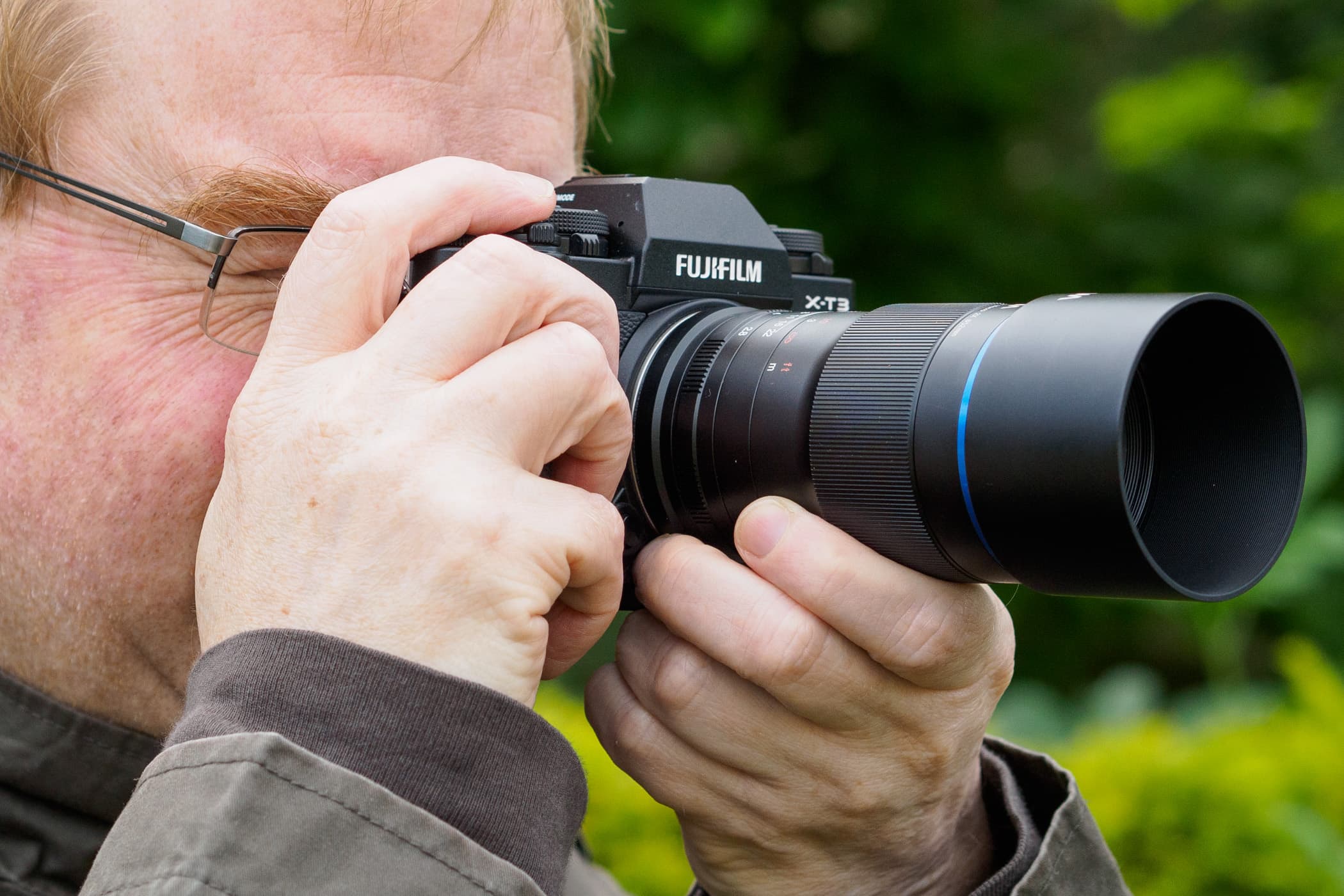
The Laowa 65mm f/2.8 2x Ultra Macro provides excellent optics and high magnification at a very tempting price
Of course the lack of autofocus and electronic aperture setting will make the lens impractical for certain applications; for example, it’s probably not the best choice for chasing insects. However for a lot of macro work, I found it to be no problem whatsoever, especially as manual lenses are much easier to use on mirrorless cameras than on DSLRs. Ultimately, Laowa has been able to deliver superb optics at such a keen price precisely because the design is entirely mechanical, and doesn’t include any expensive motors or electronics. To get this kind of image quality, that’s a compromise I’d happily make.


